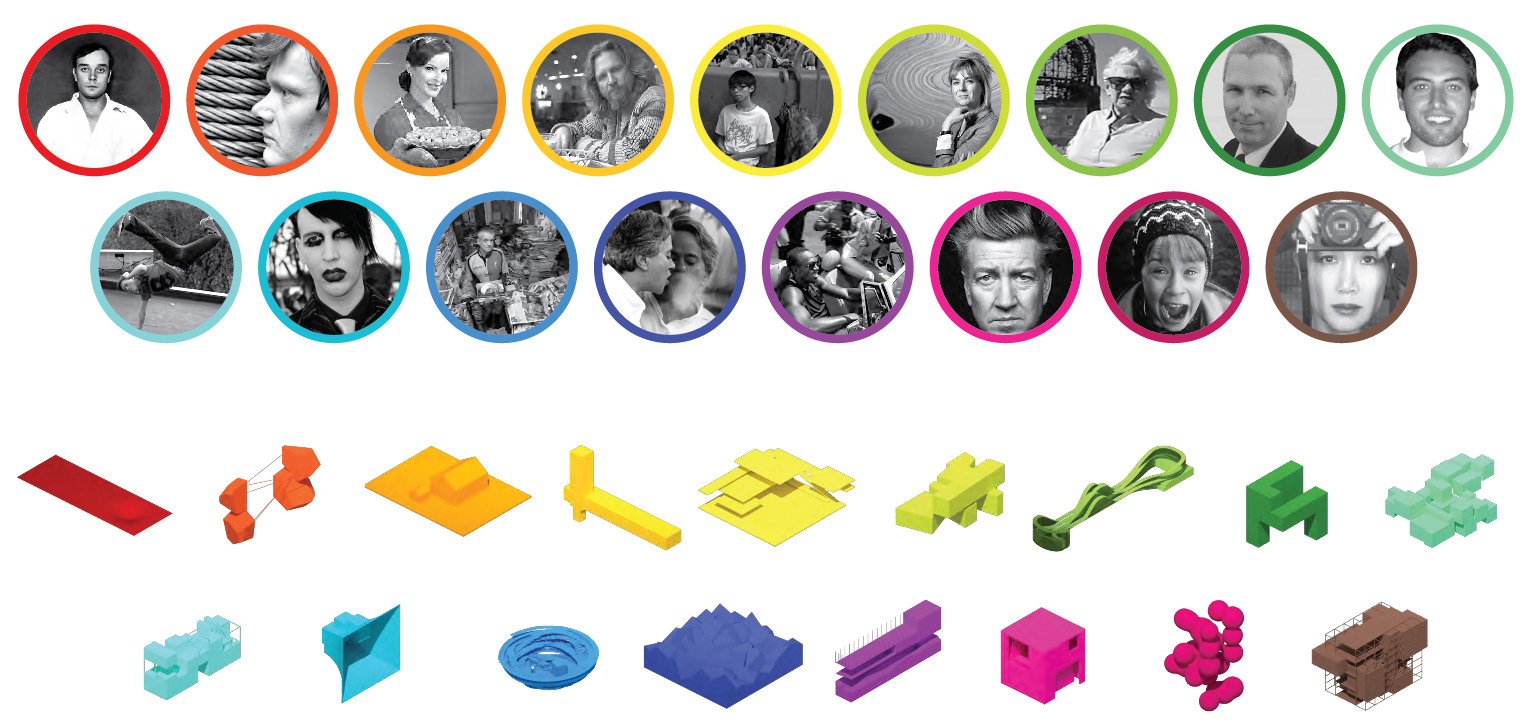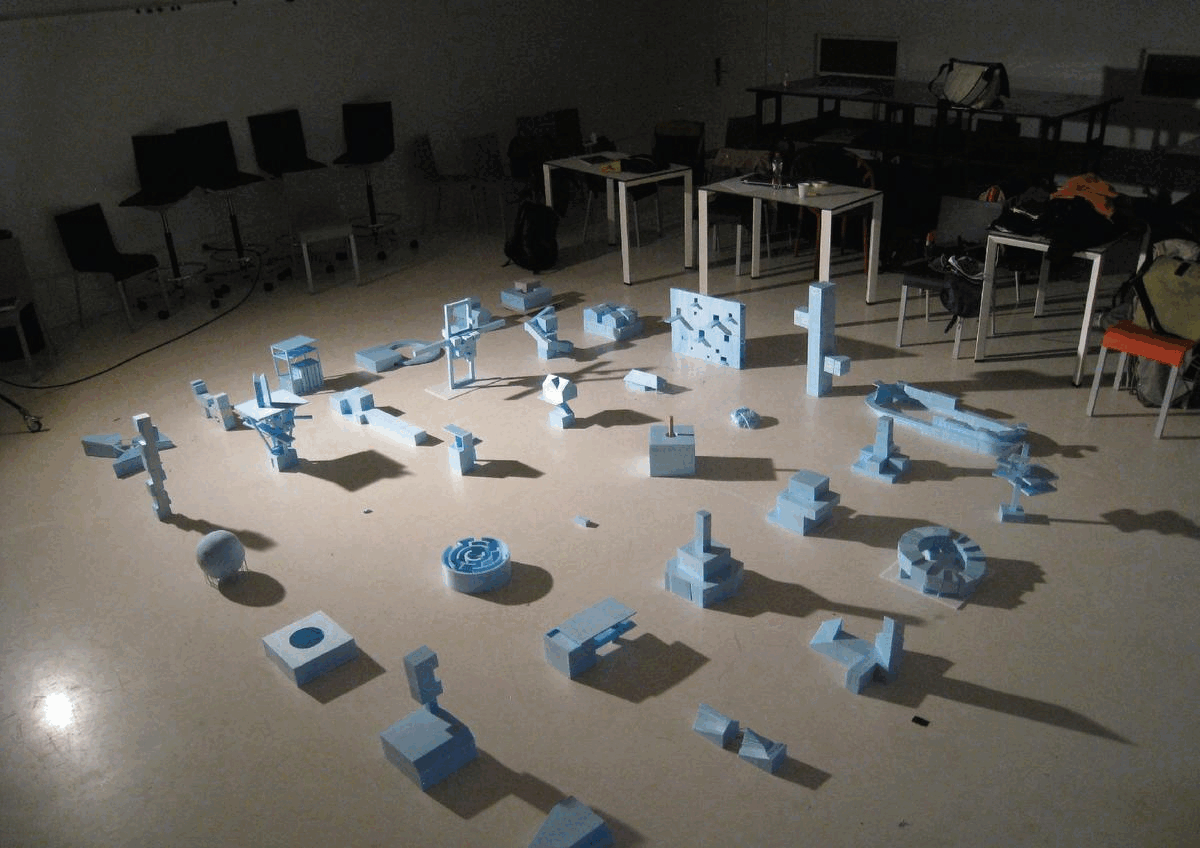Egocity — 2015
Based on the hypothesis of maximum density = maximum desires, the studio explores the potentials of negotiation and density. Through the development of multi-user real-time video games, the studio explores participatory design processes through gaming to model the competing desires and egos of each inhabitant in a housing block and designs their apartments accordingly in the fairest way possible.
EgoCity, instead of juxtaposing compromised individual “dreams”, proposes a new urban model whose primal matter is its citizens’ most crazy fantasies. It is a project that goes far beyond a theatre of formal architectural folies and aspires to construct, in urbanized and dense conditions, a participative dream, a living mosaic that contains an unlimited amount of desired situations. In order to achieve that, rather than focusing on an aesthetic result, a particular interest has been manifested in the development of an appropriate gaming process that would be capable of taking advantage of every player’s selfishness and then transform it into a spatial potential. We consider that this constant emergence of unexpected typologies can be proven a vehicle of crucial interest towards an authentically human-driven architecture.
Studio project with The Why factory
In collaboration with Charles Ducerisier, Chun Hoi Hui, Francesco Barone, Félix Borel, Iason Stathatos, Javier López-Menchero Ortiz de Salazar, Lucile Dugal, Marek Nosek, Matteo Pavanello, Niels Baljet, Olga Terzi, Prokop Matej, Tarryn Leeferink, Woo Soojung, Zichen Liu, Loes thijssen
In collaboration with Charles Ducerisier, Chun Hoi Hui, Francesco Barone, Félix Borel, Iason Stathatos, Javier López-Menchero Ortiz de Salazar, Lucile Dugal, Marek Nosek, Matteo Pavanello, Niels Baljet, Olga Terzi, Prokop Matej, Tarryn Leeferink, Woo Soojung, Zichen Liu, Loes thijssen




